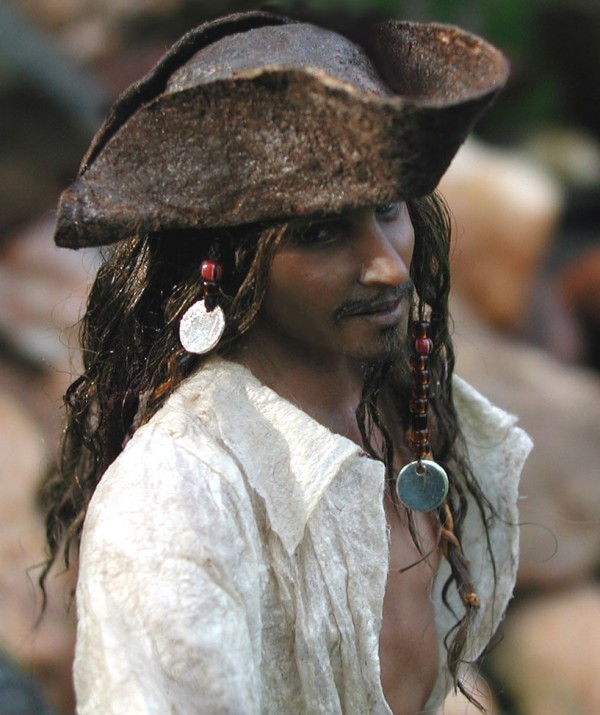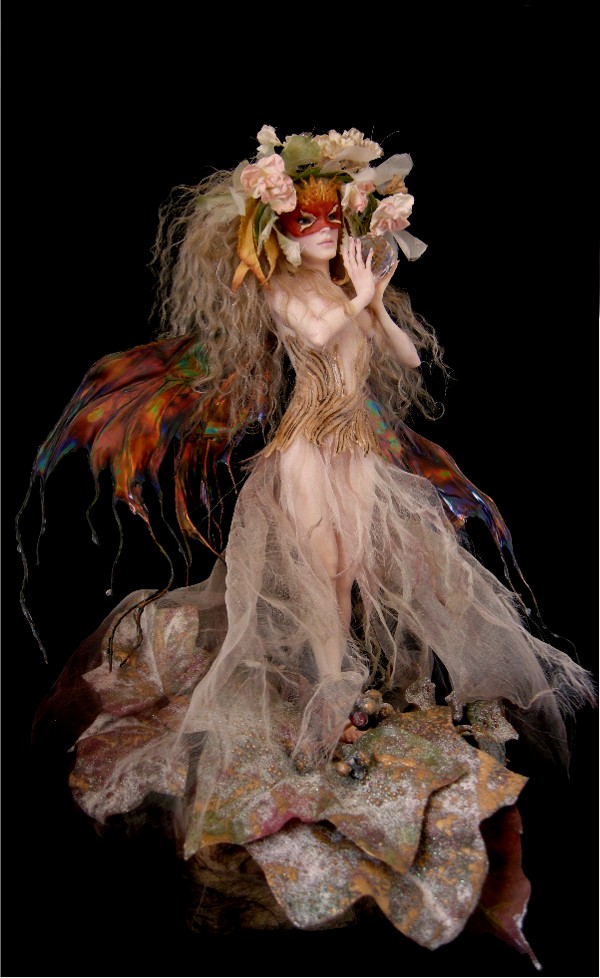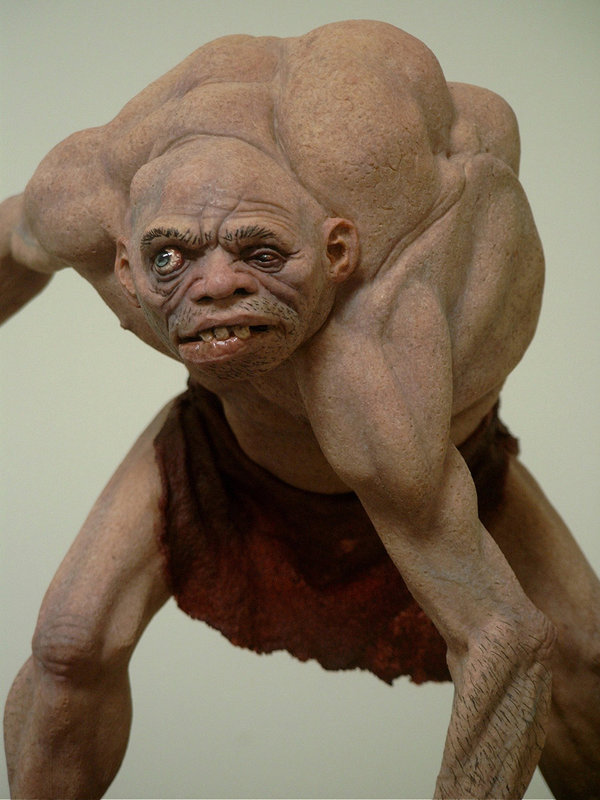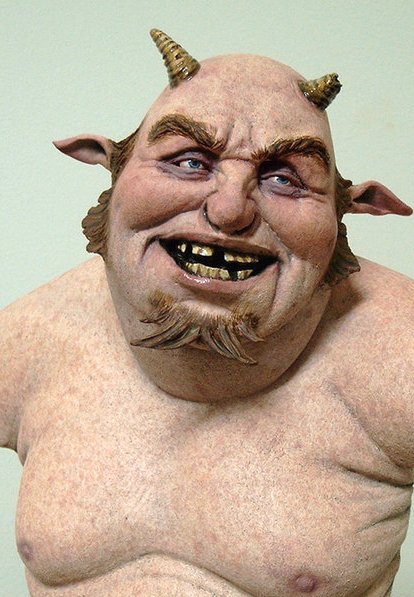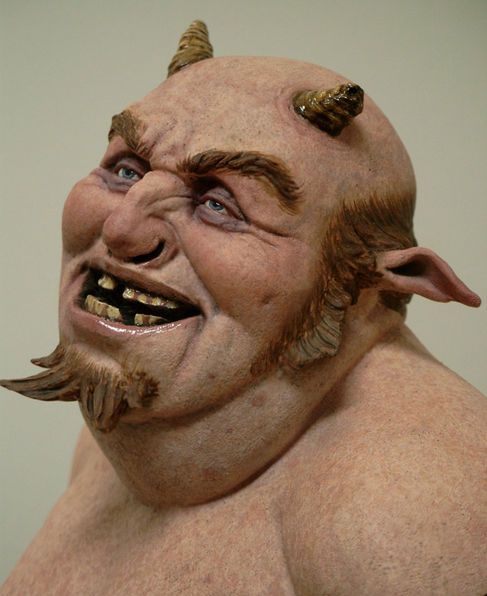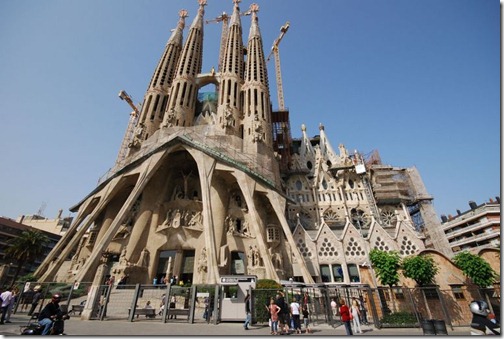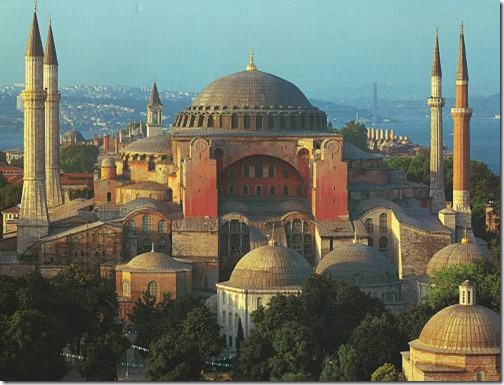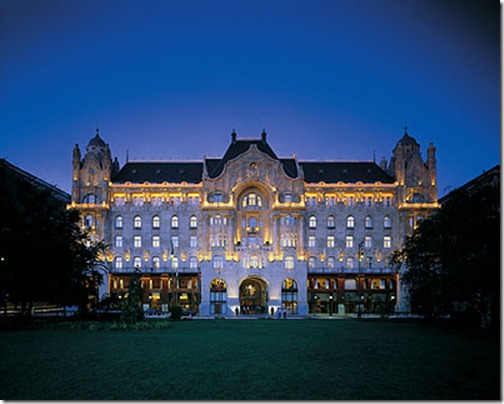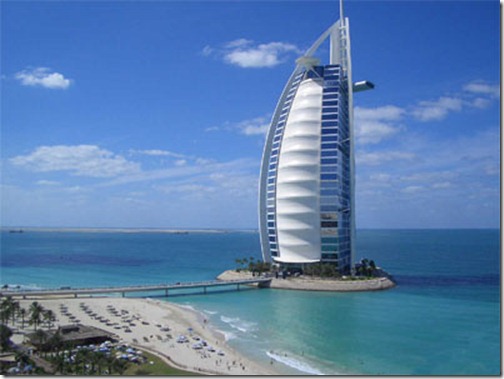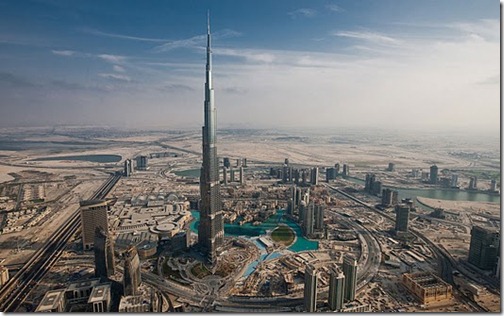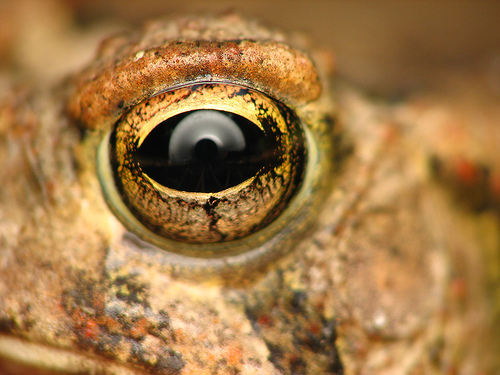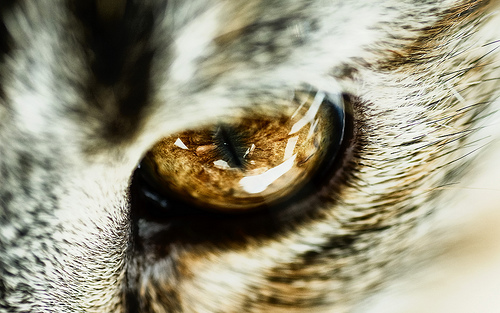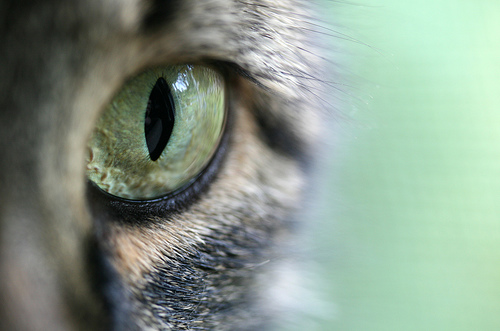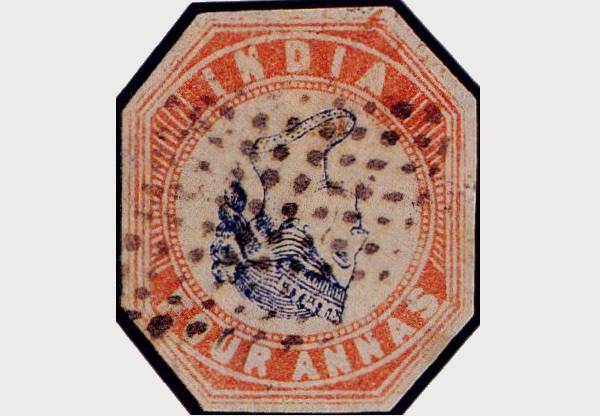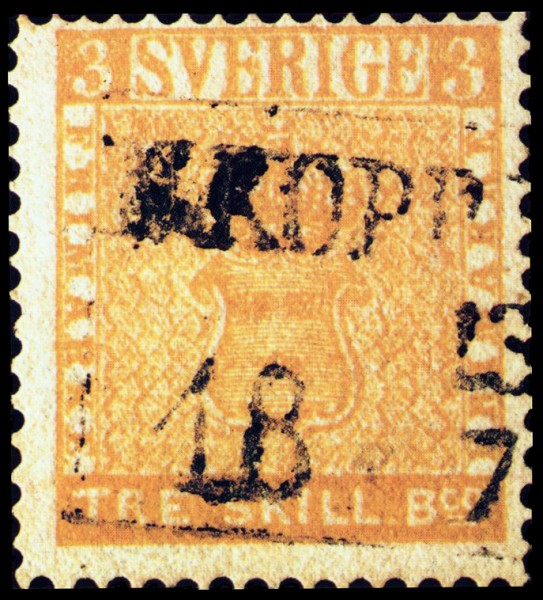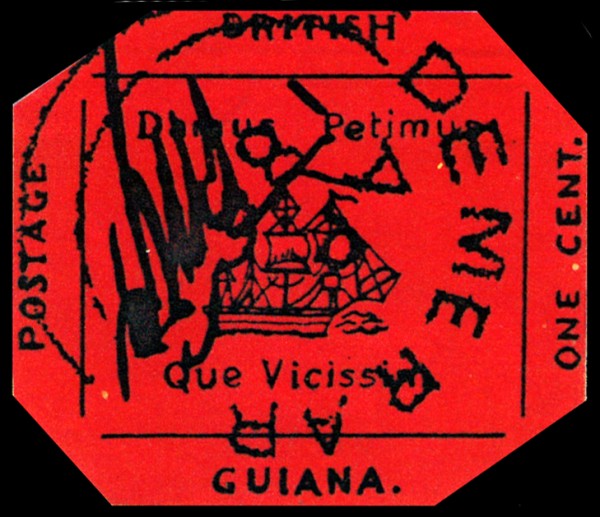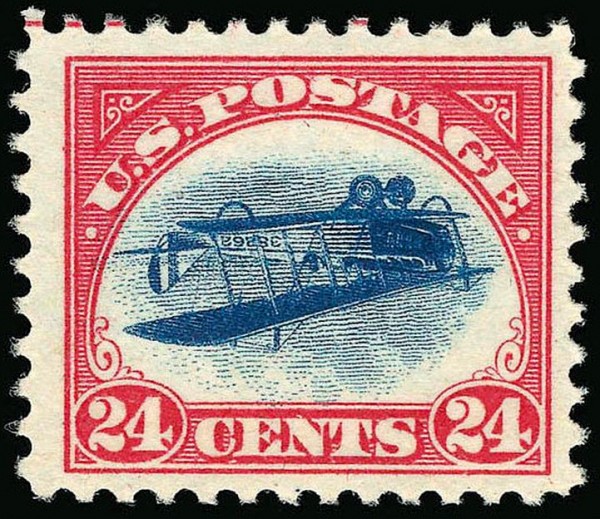There are countless museums around the world and I am sure you do not have the time or the money to visit each and every single one of them. Below is a list of ten most important museums from around the globe and if you have seen these, you have seen them all. Well, not really because each museum is unique in its own way, but the following are the best ones. They have collections of paintings by artists that you probably never even heard of. They have been rated based on their popularity, importance and the collection they hold within them. You do not have to be an art lover in order to appreciate art, it will wow you either way. Enjoy the read!
10. RIJKSMUSEUM, AMSTERDAM

This museum holds almost a million different objects for you to admire and appreciate. Considering the Netherlands, this particular museum has the largest collection of art. The museum is internationally popular especially because of the paintings by Dutch masters during the 17th century and that includes 20 Rembrandts. It was established in somewhere in 1800. The museum has art from the Middle Ages, 18th and 19th Century on display as well. There are countless sculptures and pieces of applied art. The main attraction at this place is ‘The Night Watch by Rembrandt’.
9. THE STATE HERMITAGE, ST. PETERSBURG

This particular museum is located in Russia. The museum has around3 million objects that cover the past three centuries. It also displays the development of the world culture from the Stone Age to the twentieth century. It covers French, English, Italian, Spanish, German, Flemish and Dutch art in the Western European Art section alone. It also has two of the twelve original works by Leonardo da Vinci; Madonna with a Flower and Madonna Litta. The Golden Rooms are the main attraction in this place; ladies will love it.
8. THE PRADO, MADRID

The Prado is located in Spain. If you compare it with the others, the collection it offers is not that impressive, even still it is one of the most visited museums in the entire world. It is home to amazing Spanish Art and it displays works from Velasquex, Goya, El Greco and Murillo etc. The museum primarily displays paintings, but it displays many collections of drawings, medals and coins as well. The main attraction at the Prado is ‘The Three Graces’. It is a painting of three naked women that are dancing in a circle. It is the work of Rubens.
7. THE SMITHSONIAN, WASHINGTON

This particular museum is located in the United States of America. It is basically a complex that is comprised of sixteen museums and galleries as well as a National Zoo. It has over 142 million objects to display so make sure you are in comfortable walking shoes because if you visit here, it is going to be a long walk. It is not possible for you to visit the entire museum in a single day so you better break it down into pieces. The main attraction at this place is The National Museum of American History’s exhibition regarding the 11th September incident.
6. EGYPTIAN MUSEUM, CAIRO

The Egyptian museum is located in Egypt. The museum as we know it was built in the year 1900 and it is home to over 120,000 objects. The objects date from the pre-historic era to the Greco-Roman period. If you are in Egypt, or are planning to visit, make sure you take a trip to this museum. It will be worth it. The main attractions in this museum are the artifacts that belonged to King Tutankhamun.
5. THE UFFIZI GALLERY, FLORENCE
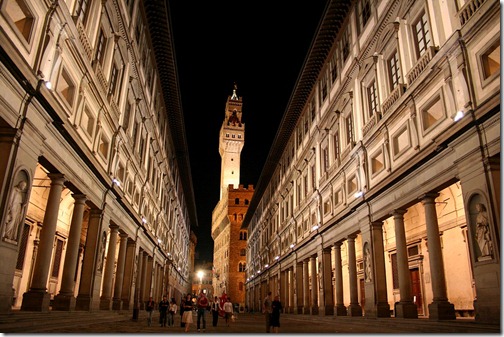
The Uffizi Gallery is situated in Italy. There is an estimate by the United Nations Educational, Scientific and Cultural Organization that estimates that around sixty percent of the world’s most popular artworks are located in Italy and half of them are in Florence. So you know that this place is definitely worth a visit if you are in Italy and if you love art. You will find pieces by Leonardo da Vinci, Caravaggio, Rembrandt, Michelangelo, Raphael etc. The Birth of Venus is the main attraction in this Museum. It is by Botticelli.
4. THE METROPOLITAN MUSEUM OF ART, NEW YORK
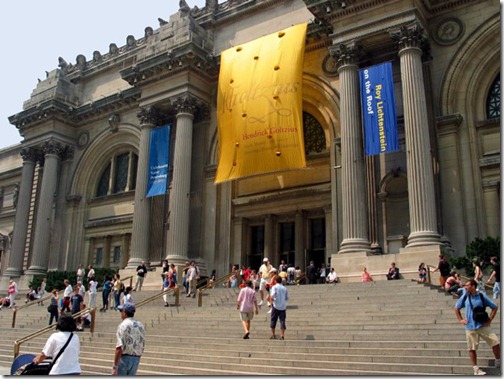
This particular museum is located in the United States. It is also known as The Met (reminds me of F.R.I.E.N.D.S.). It is located in the NYC and contains over two million pieces in the permanent collection and they are further divided between nineteen departments. It is located on the eastern side of the Central Park. If you consider the area, it is one of the largest art galleries in the world. The Museum was founded in the year 1870. The museum opened for public on 20th February, 1872. The museum occupies around 2,000,000 square feet of area.
3. THE BRITISH MUSEUM, LONDON
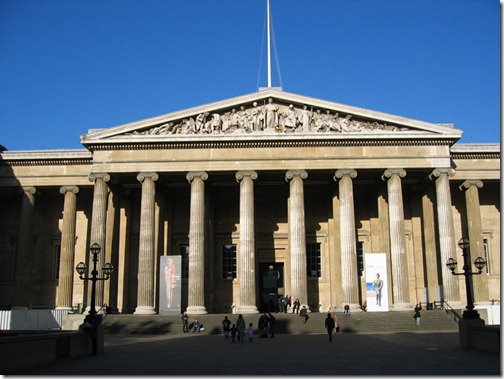
The British Museum is built in the United Kingdom. It was founded in the year 1753. It houses around seven million objects and currently it is displaying four million of those. That easily makes it one of the greatest museums in the world. Around six million people visit the museum each year. If you did not get to see the Egyptian Museum, you can visit here because it contains the largest collection of Egyptian objects outside of Cairo. If you visit here, make sure you go to the Reading Room, it will blow your mind right out.
2. THE VATICAN MUSEUMS, VATICAN CITY
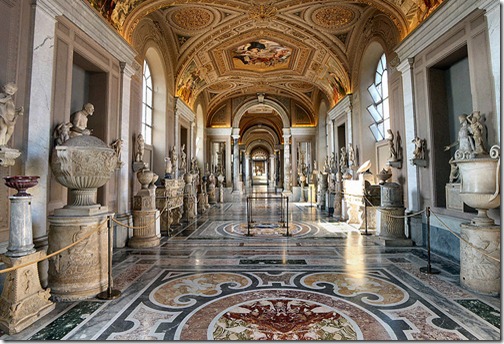
Located in Italy, it contains 22 separate collections. Etruscan art, Egyptian art, modern art, religious art, you name it, and they have it. The mere sight of the Michelangelo’s dome and Bernini’s spiral columns will amaze you. Sistine Chapel and Raphael Rooms are the main attraction in this museum so be sure you pay them a visit.
1. MUSEE DU LOUVRE, PARIS

This is one of the world’s largest museums in the world and is located in France. It is definitely the most visited museums in the world. It contains nearly 35,000 objects from the pre-historic era to the nineteenth century. They are displayed over an area of 60,600 square meters. The museum is in the Louvre Palace. It used to be a fortress that was built in the twelfth century under Philip II. If you go to the basement of the Museum, you will be able to see the remains of the fortress. The museum is house to the original Mona Lisa. It costs 10 Euros to enter and it is worth it. I recently visited. Know that you might not be able to explore the museum in a day.



























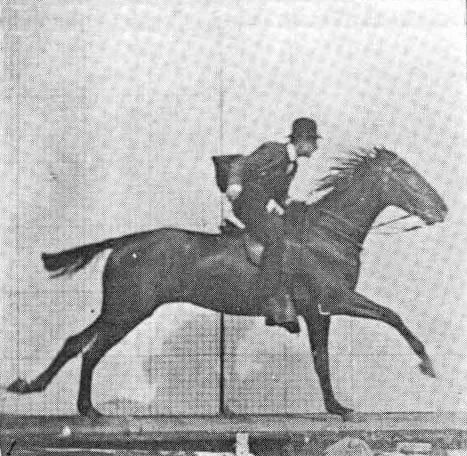

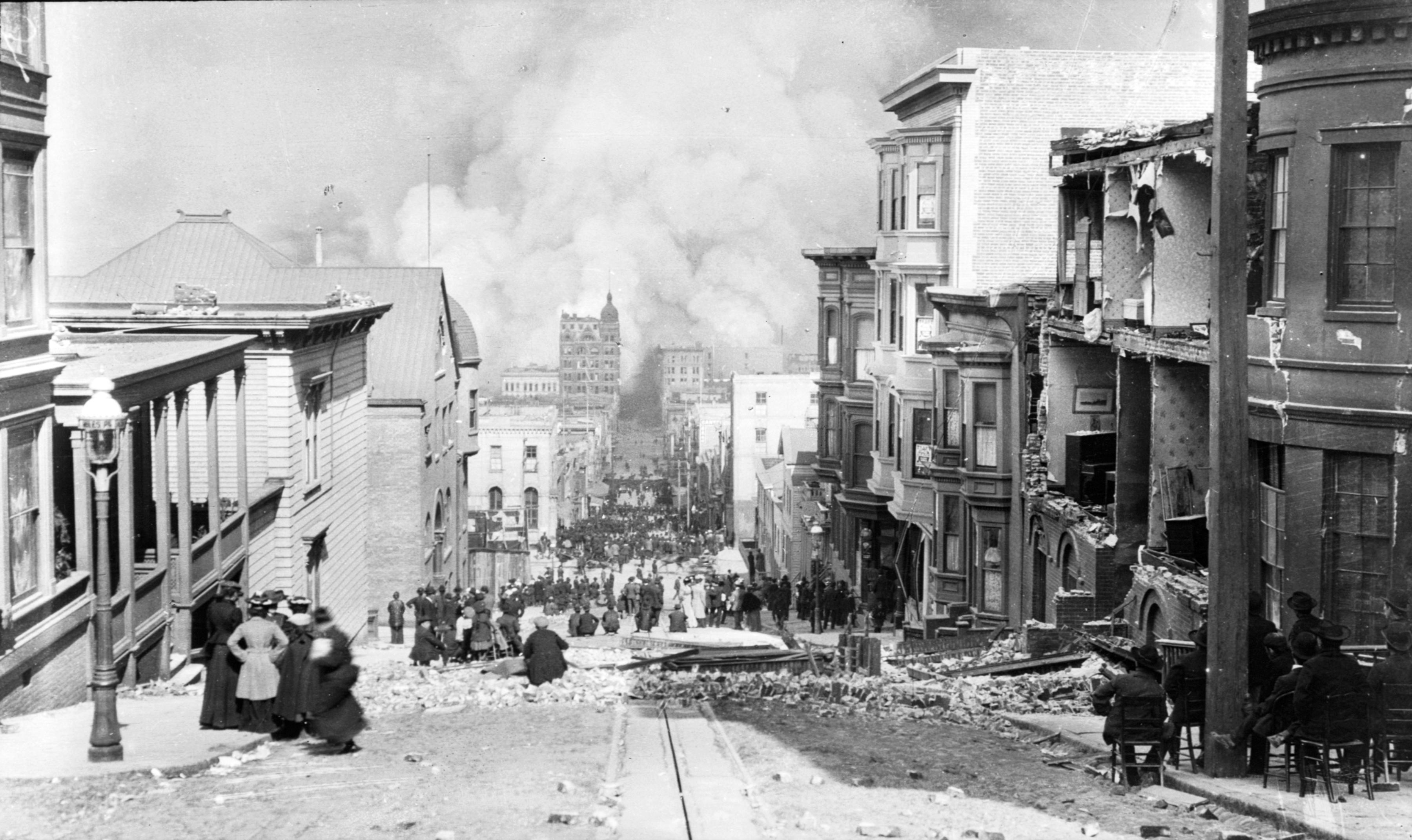
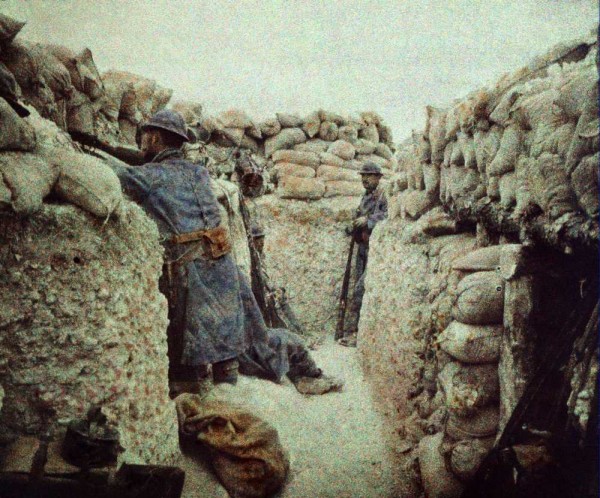
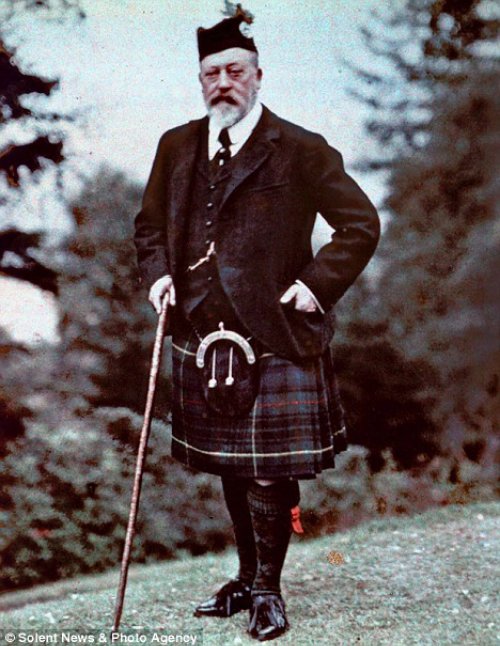

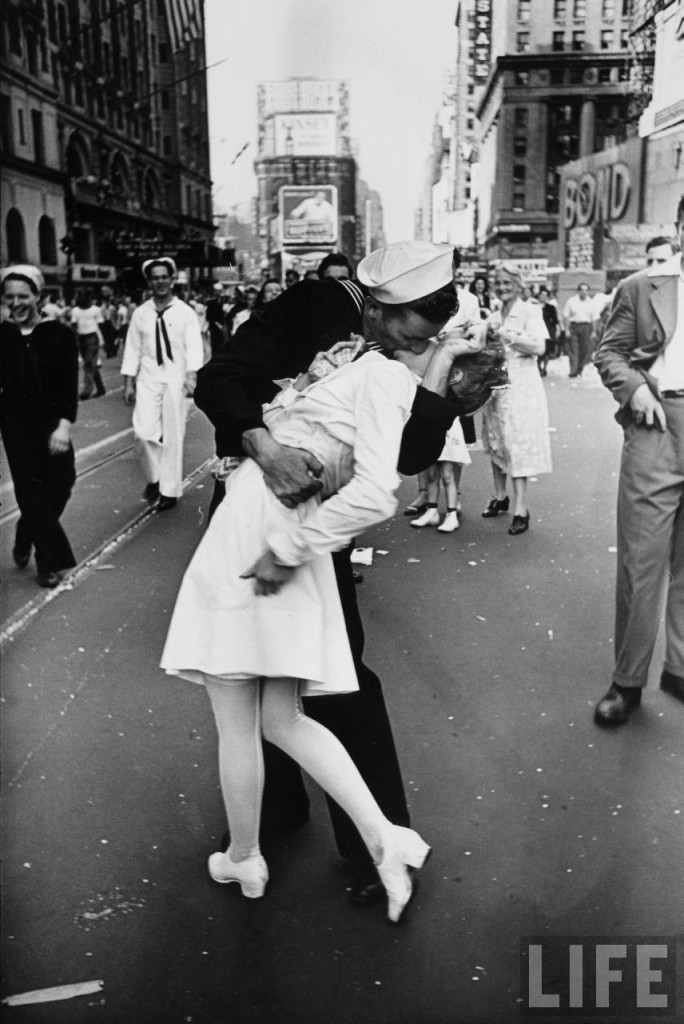
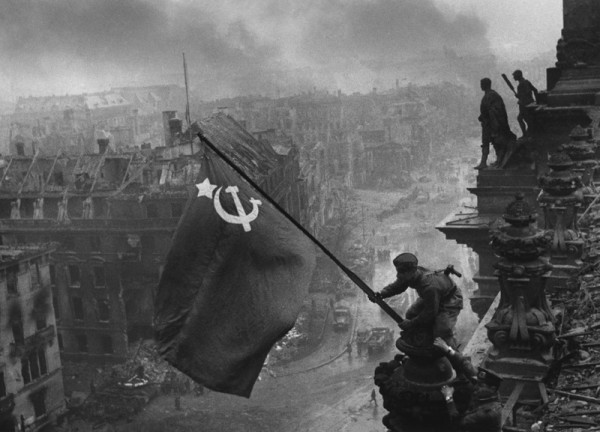
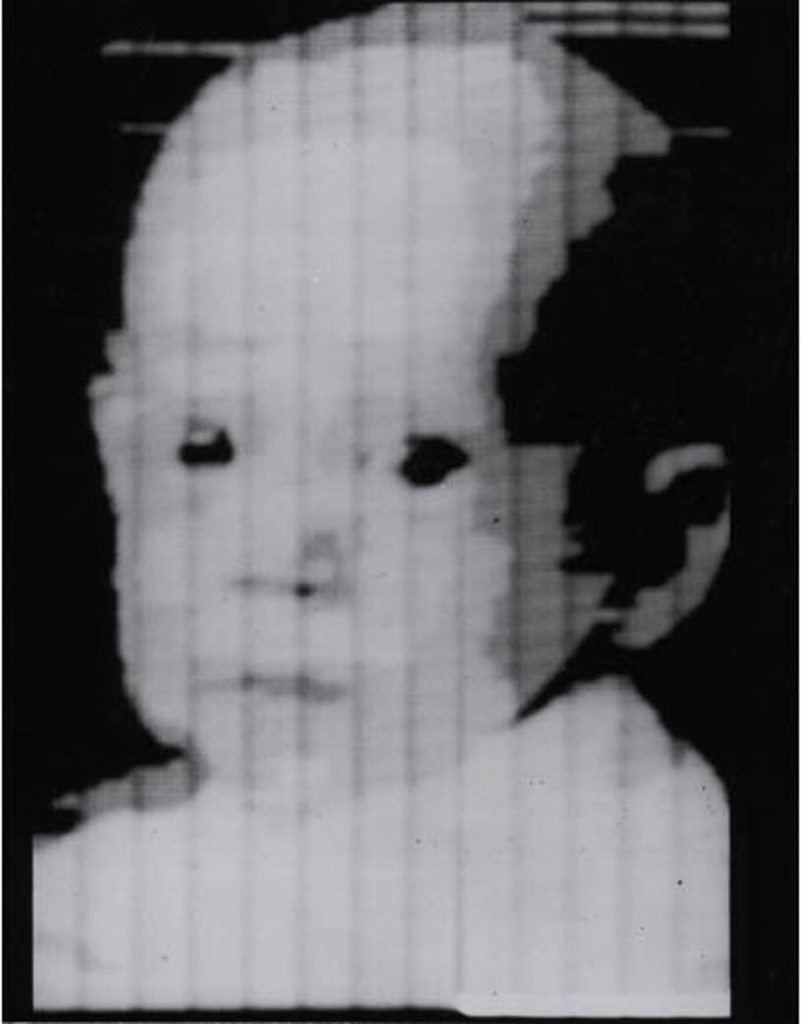
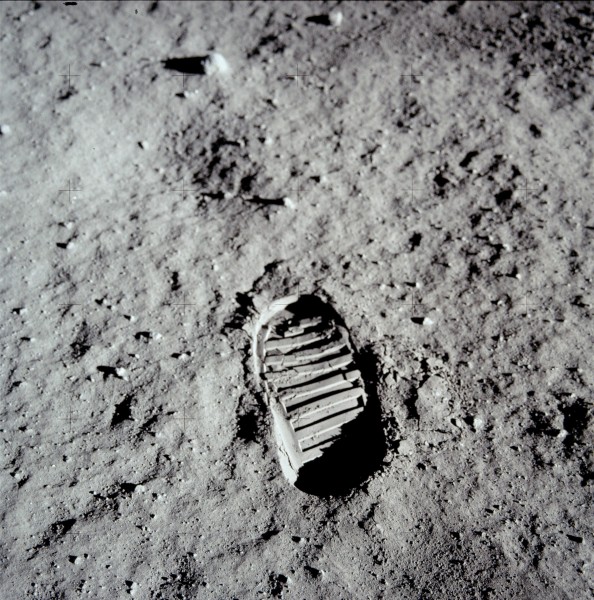
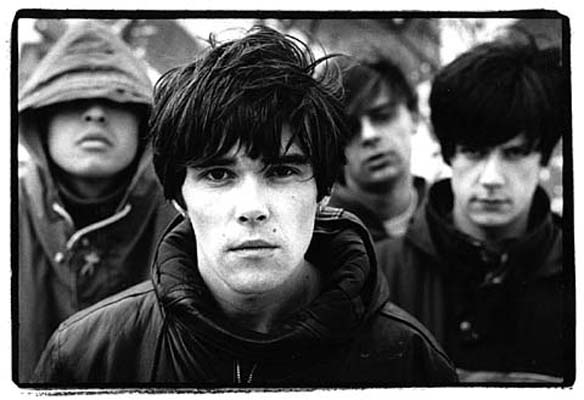


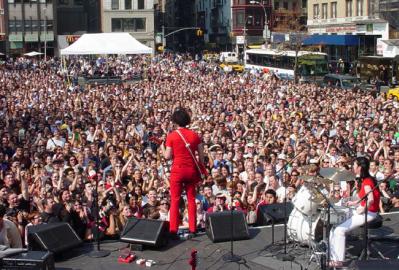

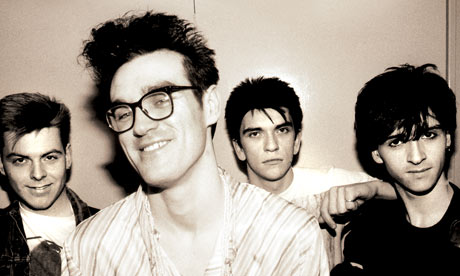

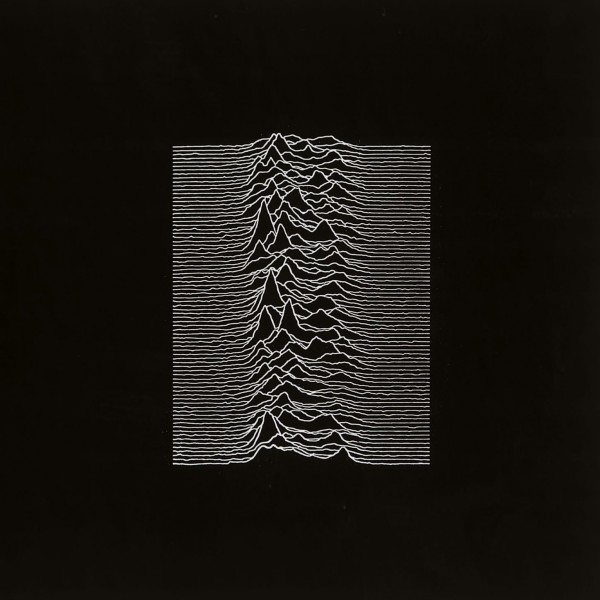
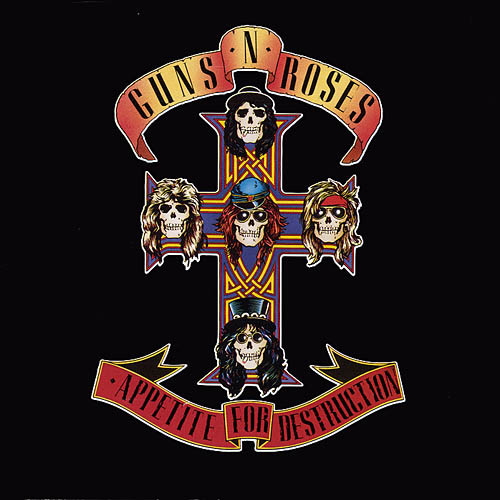
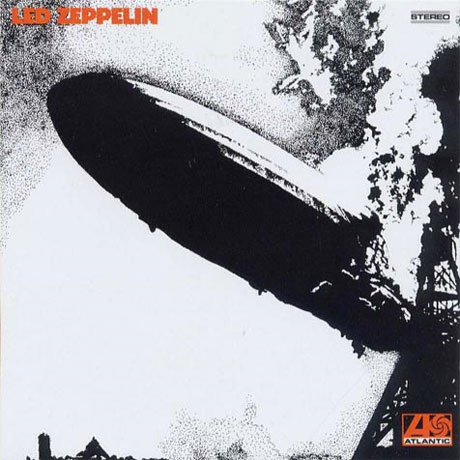


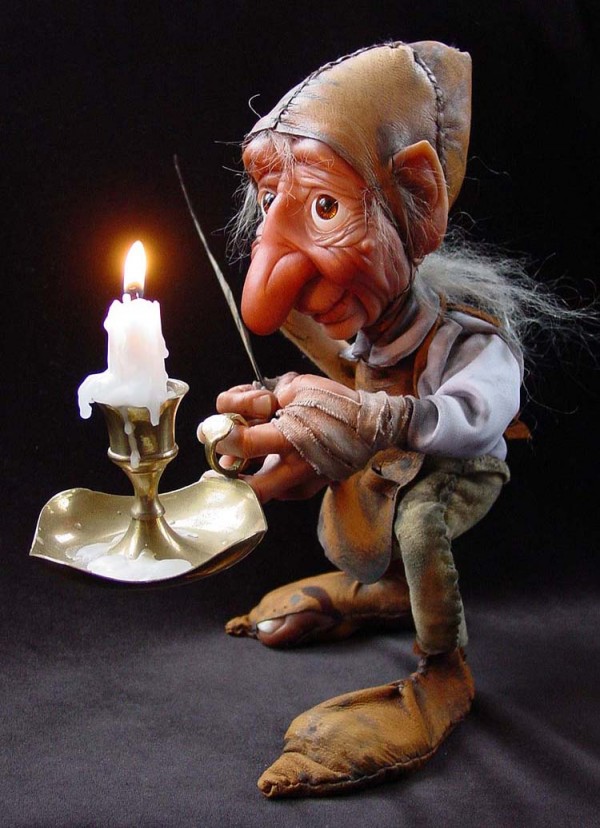

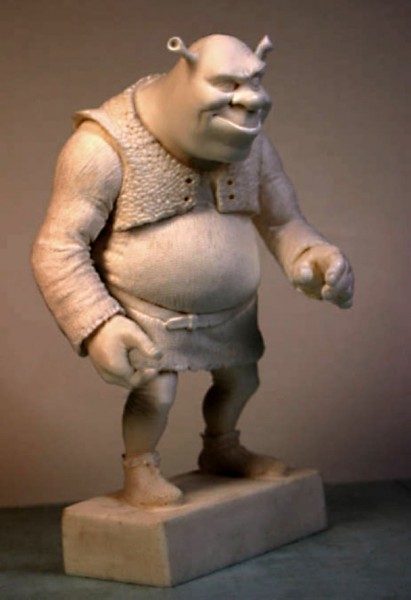

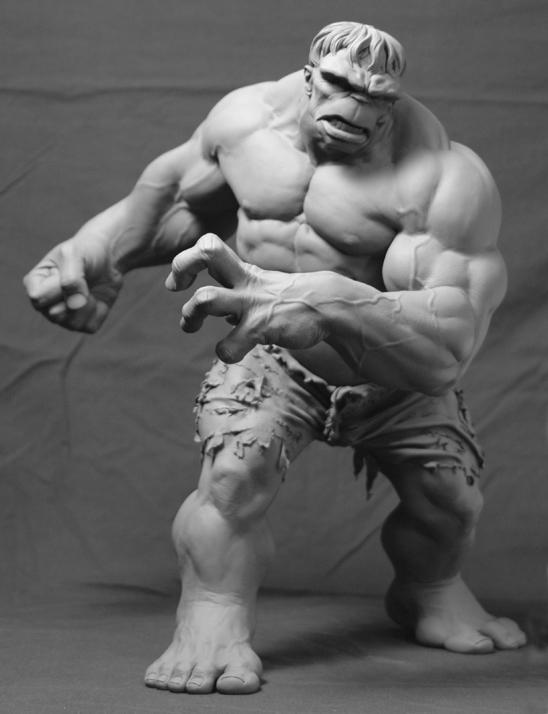
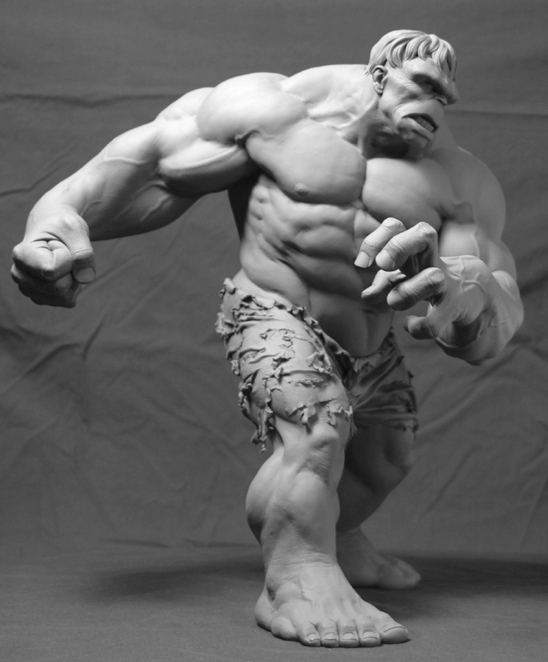
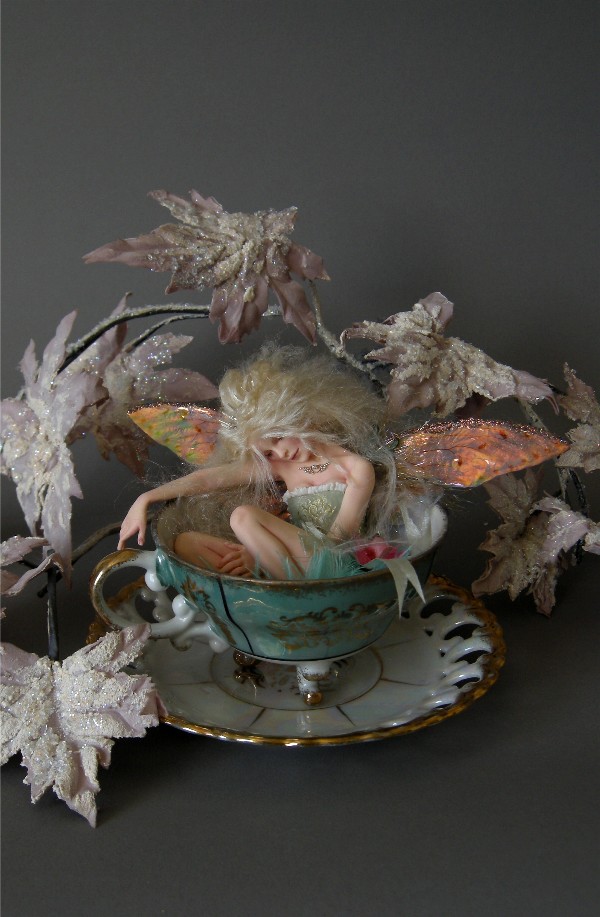
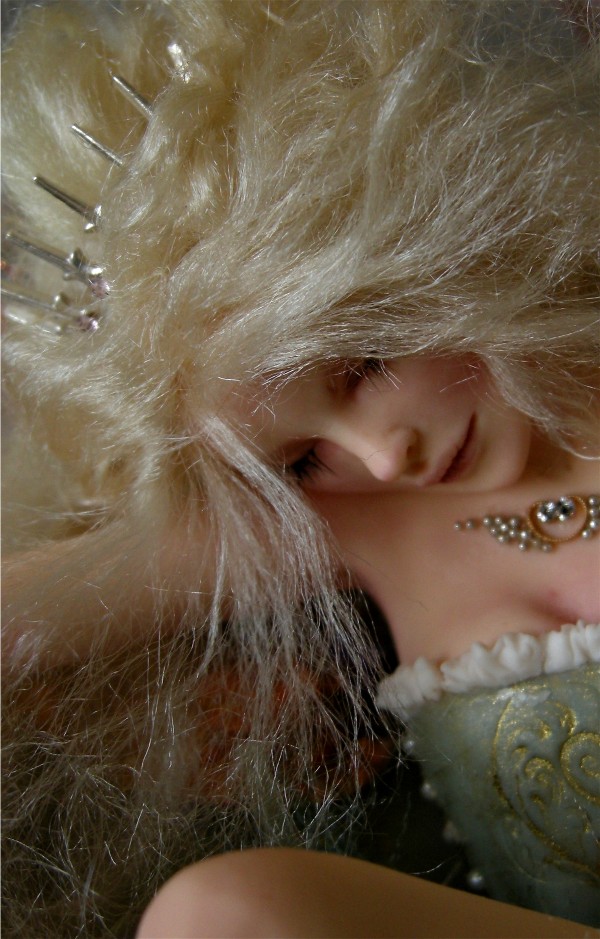





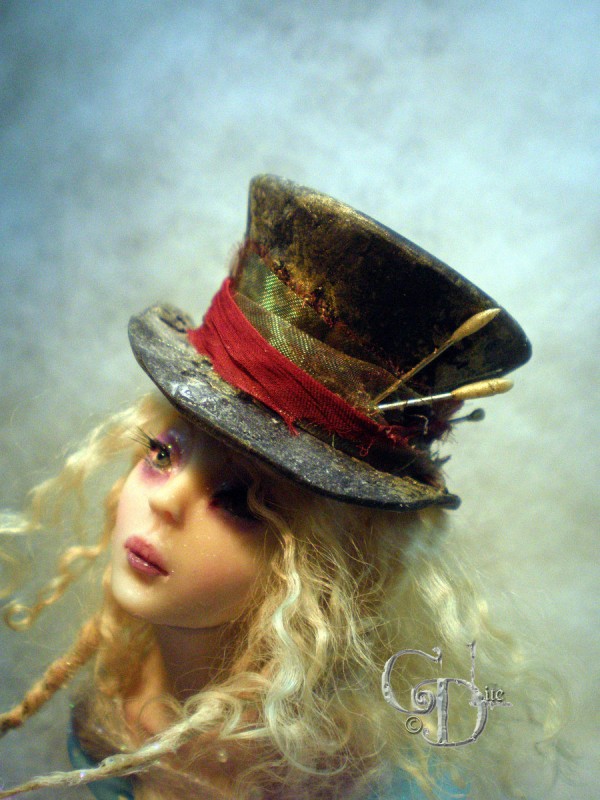 Image Source
Image Source
